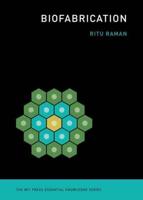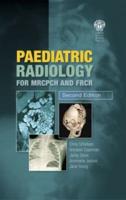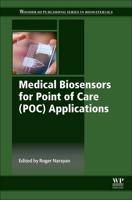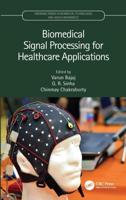Publisher's Synopsis
Up to 40 volumes are planned for this concise monograph series, which focuses on the implementation of various engineering principles in the conception, design, development, analysis and operation of biomedical, biotechnological and nanotechnology systems and applications.
Abstract:
Mechanical cardiovascular assist devices must be properly designed to avoid damage to the blood they contact. The factors that affect the hemocompatibility of a cardiovascular assist device include three major non-physiological components - the material, fluid flow paths, and flow related stresses, - as well as the device interaction with the native vasculature. Furthermore, the interaction of the device with the blood is not static. Foreign surfaces activate blood components including platelets, leukocytes and the coagulation cascade. Thrombus formation on the surface of the device can alter the fluid dynamics in a manner that causes erythrocyte damage ranging from significant hemolysis to sub-lethal trauma that can take many days to weeks to develop into a significant clinical problem.
This sub-lethal blood trauma is not easily detectable without special equipment, which is typically unavailable in routine clinical practice. Surveillance for blood damage is often sub-optimal in the clinical setting, but once clinically relevant hemolysis occurs, crucial decisions - device removal, replacement, or additional medical therapies including surgery or plasmapheresis - that take into account the risk/benefit of intervention must be quickly evaluated. The various preclinical designs and testing, surgical considerations, available surveillance techniques, and clinical consequences will be discussed using recent and historical case reports to highlight key points.










